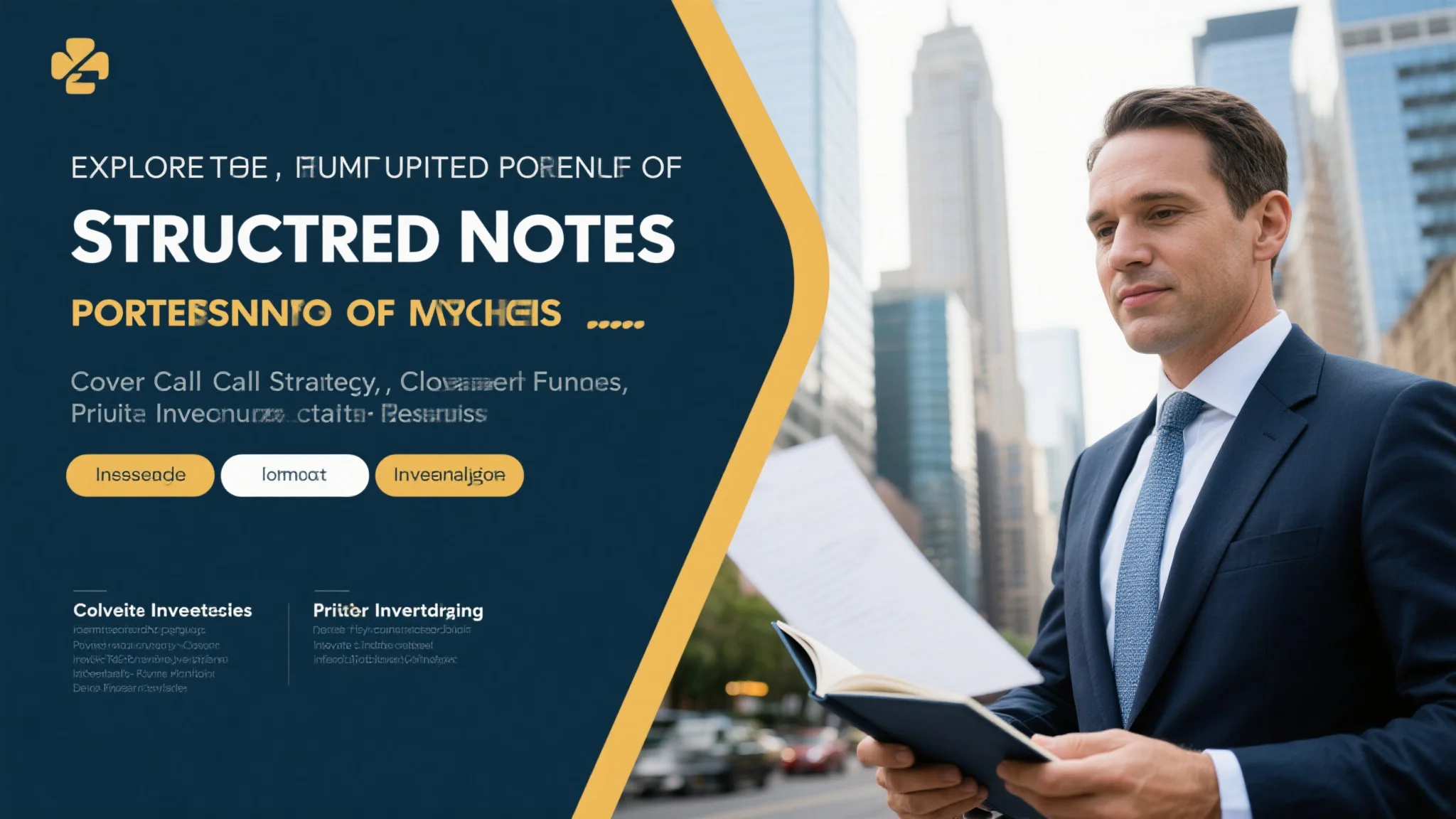
The Future of Tax-Free Investing: Strategies You Can Start Now
Understanding Tax-Free Income Funds
Tax-free income funds have become increasingly popular among American investors seeking to maximize their returns while minimizing tax liabilities. These funds primarily invest in tax-free income funds securities that generate income exempt from federal taxes, and in some cases, state and local taxes as well. The appeal lies in their ability to provide steady cash flow without the burden of taxation eating into your returns.
When considering tax-free income funds, it’s crucial to understand their composition. These funds typically hold municipal bonds and other government-issued securities that qualify for tax-exempt status. The tax advantages make them particularly attractive for investors in higher tax brackets, as the effective yield can often surpass that of taxable alternatives when accounting for tax savings.
The Power of Municipal Bonds in Your Portfolio
Municipal bonds, often referred to simply as “munis,” represent one of the most reliable forms of municipal bonds tax-free investing. These debt securities are issued by state and local governments to fund public projects like schools, highways, and infrastructure. What sets them apart is their federal tax-exempt status, and if you invest in bonds issued by your home state, you may also avoid state and local taxes.
The safety profile of municipal bonds makes them particularly appealing during periods of market volatility. While no investment is completely risk-free, general obligation bonds backed by the full faith and credit of issuing municipalities have historically shown remarkable stability. Revenue bonds, backed by specific projects, offer slightly higher yields but come with additional risk factors to consider.
Exploring High Yield Bond Funds for Greater Returns
For investors willing to accept slightly more risk for potentially greater returns, high yield bond funds can play a valuable role in a tax-efficient portfolio. These funds invest in corporate bonds that carry lower credit ratings but offer higher interest payments to compensate for the increased risk. While not entirely tax-free, certain high yield municipal bond funds can provide tax-advantaged income.
The key to successfully incorporating high yield bond funds lies in proper diversification and risk management. These securities tend to be more sensitive to economic conditions than investment-grade bonds, making thorough research essential. Many financial advisors recommend limiting exposure to high yield instruments to a modest percentage of your overall bond allocation.
Fixed Income ETFs: Modern Solutions for Tax Efficiency
The rise of exchange-traded funds has brought new opportunities for tax-conscious investors through fixed income ETF products. These investment vehicles combine the diversification benefits of mutual funds with the trading flexibility of stocks, often with lower expense ratios and greater tax efficiency. Many fixed income ETFs specialize in municipal bonds and other tax-advantaged securities.
One significant advantage of fixed income ETF structures is their potential for tax efficiency beyond just the underlying securities. The ETF creation and redemption process can help minimize capital gains distributions, allowing investors to defer taxes until they sell their shares. This feature makes them particularly attractive for taxable accounts where minimizing annual tax liabilities is a priority.

Strategic Approaches to Income Investing
Successful income investing requires more than just selecting tax-advantaged securities; it demands a comprehensive strategy tailored to your financial situation and goals. A well-constructed income portfolio might combine various tax-free and taxable instruments to optimize after-tax returns while maintaining appropriate risk levels. The specific allocation depends on factors like your tax bracket, investment horizon, and income needs.
When building your income investing strategy, consider laddering techniques with municipal bonds to manage interest rate risk, or barbell approaches that combine short-term and long-term securities. Many investors find value in combining individual bond holdings with fund investments to achieve both customization and diversification. Regular portfolio reviews are essential as tax laws and personal circumstances change over time.
Balancing Risk and Reward in Tax-Free Portfolios
While the tax advantages of tax-free income funds and municipal bonds are compelling, investors must carefully assess the risk-reward tradeoffs. Credit risk, interest rate risk, and liquidity risk all play roles in determining the appropriate mix of securities for your portfolio. Understanding these factors helps prevent chasing yield at the expense of sound investment principles.
Diversification remains as important in tax-free investing as in any other strategy. Spreading investments across different issuers, geographic regions, and bond types can help mitigate specific risks while maintaining the tax advantages. Professional management through fixed income ETF products or mutual funds can provide this diversification for investors who prefer not to select individual securities.
Tax Considerations Across Different Account Types
The benefits of tax-free income funds vary significantly depending on the type of account holding the investments. While these securities shine in taxable accounts, they may not be the optimal choice for tax-advantaged accounts like IRAs or 401(k)s where the income would already be tax-deferred or potentially tax-free in retirement. This distinction highlights the importance of holistic financial planning.
Investors should also be aware of the alternative minimum tax (AMT) implications for certain municipal bonds. While most munis are exempt from AMT, some private activity bonds may be subject to it. Understanding these nuances can prevent unpleasant surprises at tax time and help optimize your income investing approach for maximum after-tax returns.
Building a Tax-Efficient Income Stream for Retirement
For those approaching or in retirement, creating a reliable income investing strategy becomes paramount. A well-structured portfolio of municipal bonds and tax-free income funds can provide predictable cash flow without creating unnecessary tax burdens. This approach becomes especially valuable when combined with Social Security benefits and other retirement income sources.
The sequence of withdrawals from different account types can significantly impact your overall tax situation in retirement. Many financial planners recommend drawing from taxable accounts first, then tax-deferred accounts, and finally tax-free accounts to maximize the longevity of your savings. Incorporating fixed income ETF products into this strategy can provide flexibility in managing required minimum distributions and other retirement planning considerations.


